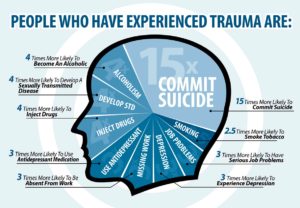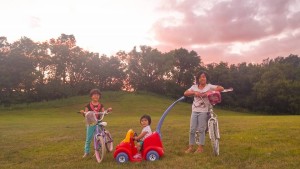Like other countries located around the world, Japan is experiencing winter and celebrate the snowfall in their own unique ways. Despite the oncoming cold weather, Japan is remains a popular destination to travel to during the winter because of the festive events, beautiful sceneries, and amazing shopping experiences. Here are some activities and events occurring in December around Japan:
- Kasuga Wakamiya On-Matsuri is held in mid December, usually around Dec 15th-18th. “The On-Matsuri is a festival held at Wakamiya-jinja Shrine which stands in the precincts of the Kasuga Taisha Grand Shrine. It was first organized in the 12th Century when an epidemic prevailed, and prayers were offered at this festival for the eradication of the plague and also for the blessing of a rich harvest. This historic festival continues to be one of the largest annual events of Nara Prefecture, attracting a great many tourists.” – https://www.jnto.go.jp/
- Sendai Pageant of Starlight is a free illumination event where pedestrians can enjoy the view of tons of LED light bulb to bring in the holiday spirit. It is held outside and throughout the entire month of Dec. “The venue for the light-up is the Zelkova lined boulevards of Aoba Dori and Jouzenji Dori right in the center of Sendai. A good starting point is Kotodai Station at the eastern end of Jouzenji Dori.” – https://japancheapo.com/
- A event held in mid Dec and again in mid Jan is a flea market where people sell old antiques, toys, food, plants, and fabrics. “Setagaya Boro-ichi is a Tokyo-designated intangible folk cultural asset dating back some 430 years.” – http://www.gotokyo.org/
- Popular destinations to visit in Japan are Kyoto, Takayama, Tokyo, Hokkaido, Sapporo, and more! These are just a few locations that offers great sight seeing, seasonal food, and famous local cuisines.










